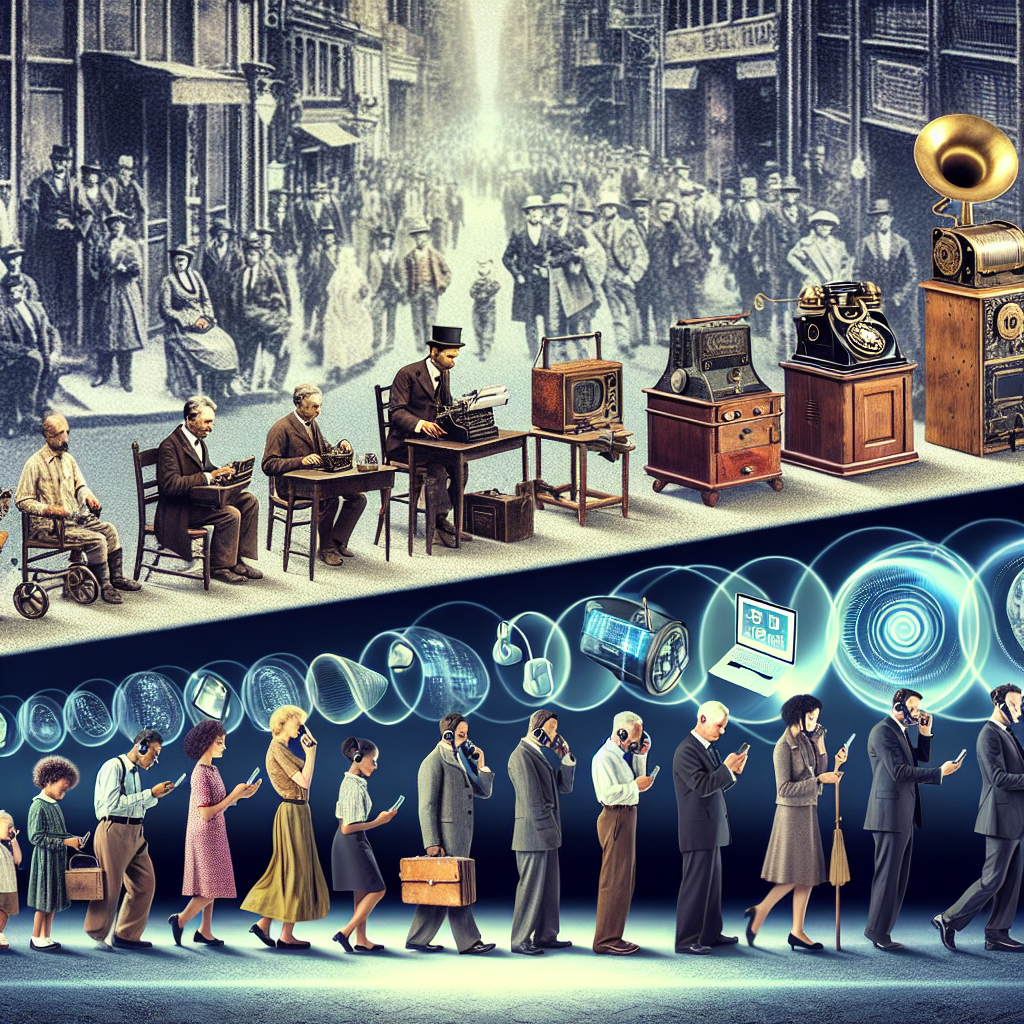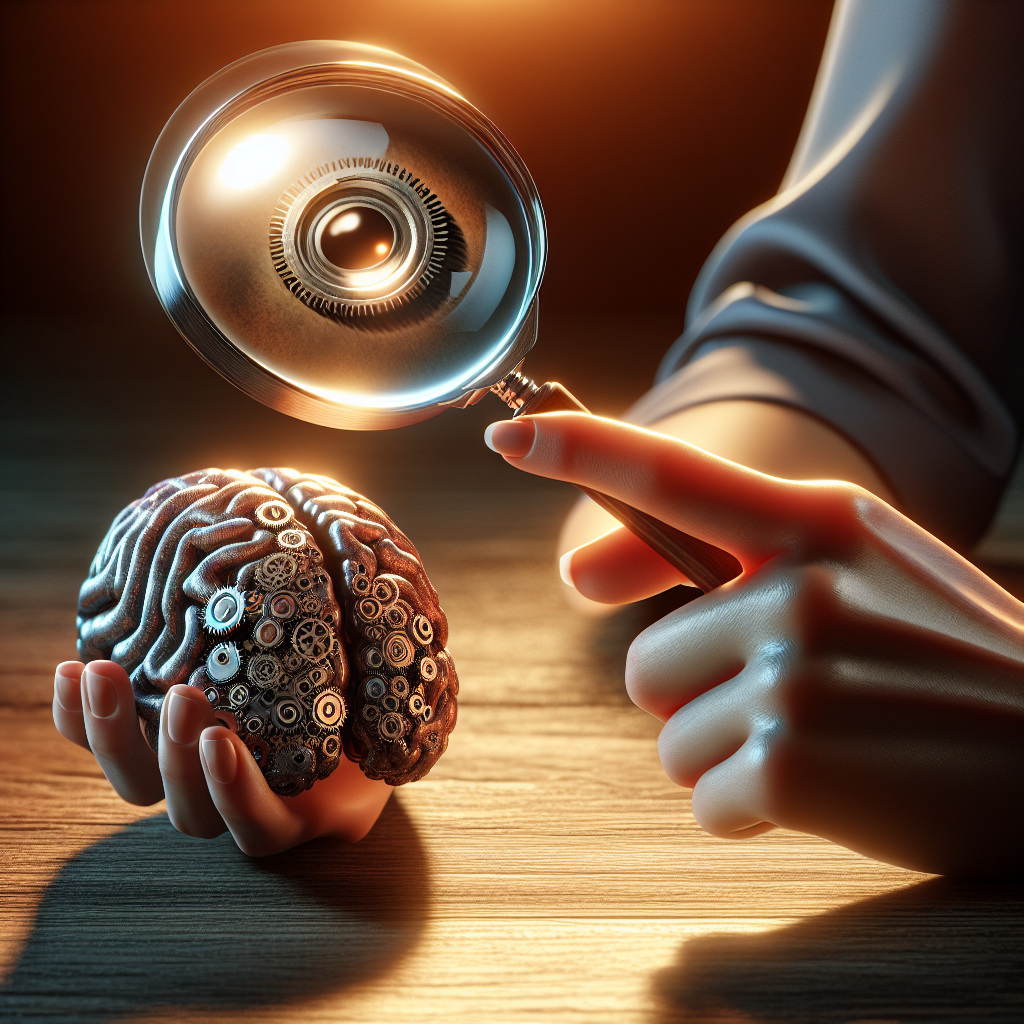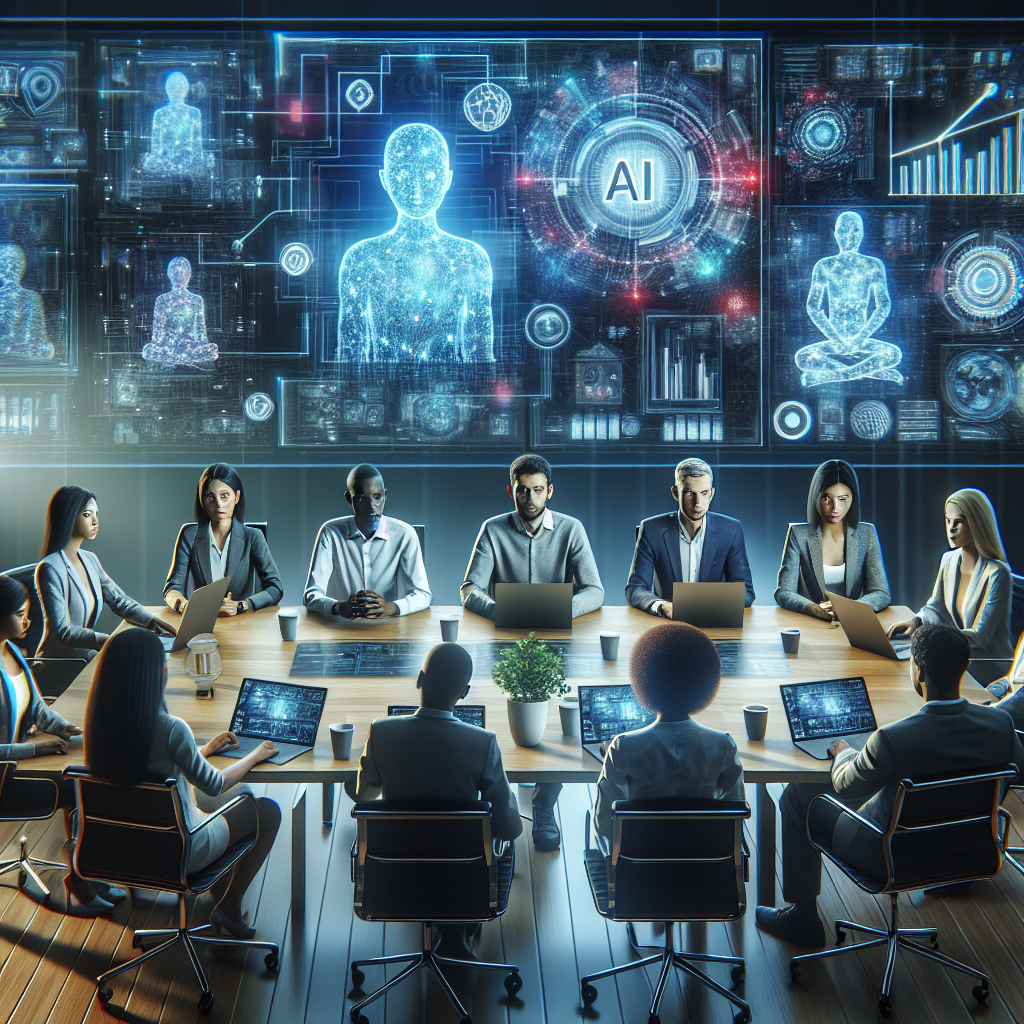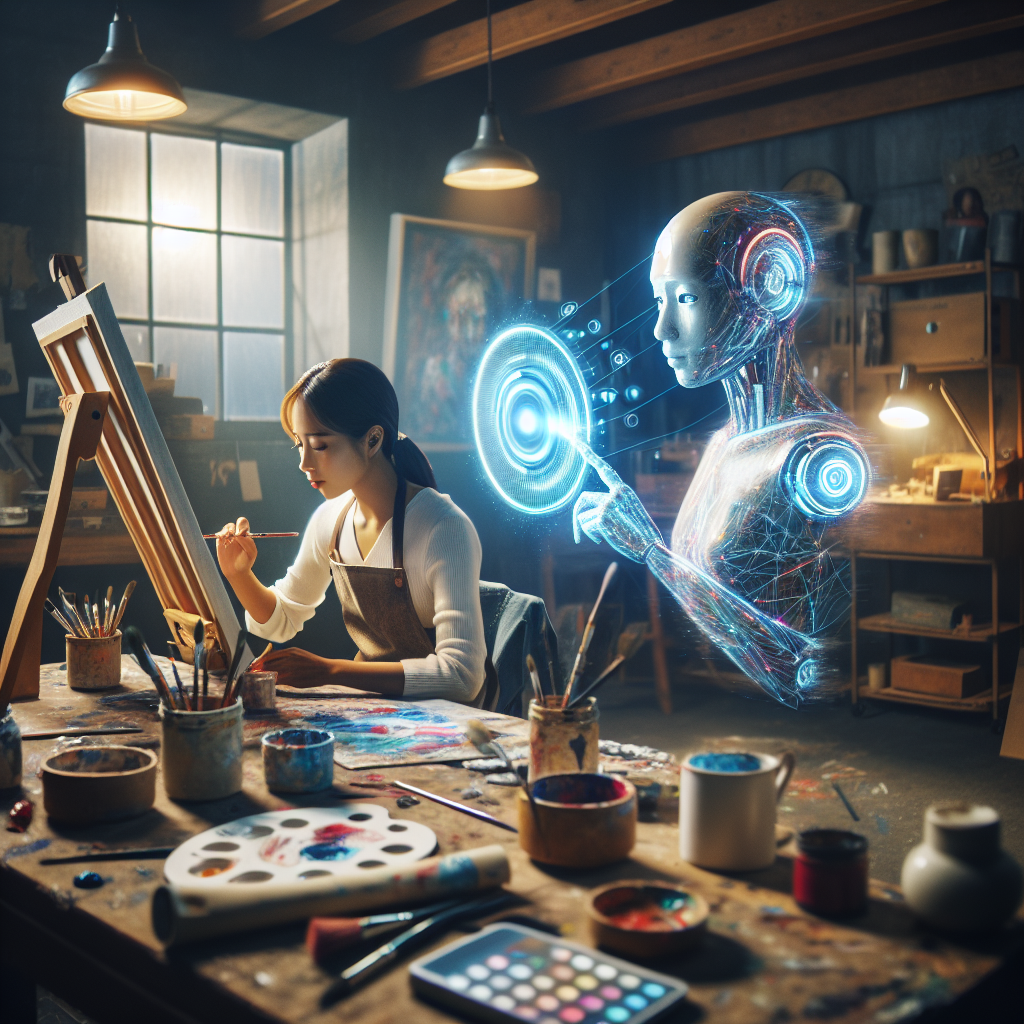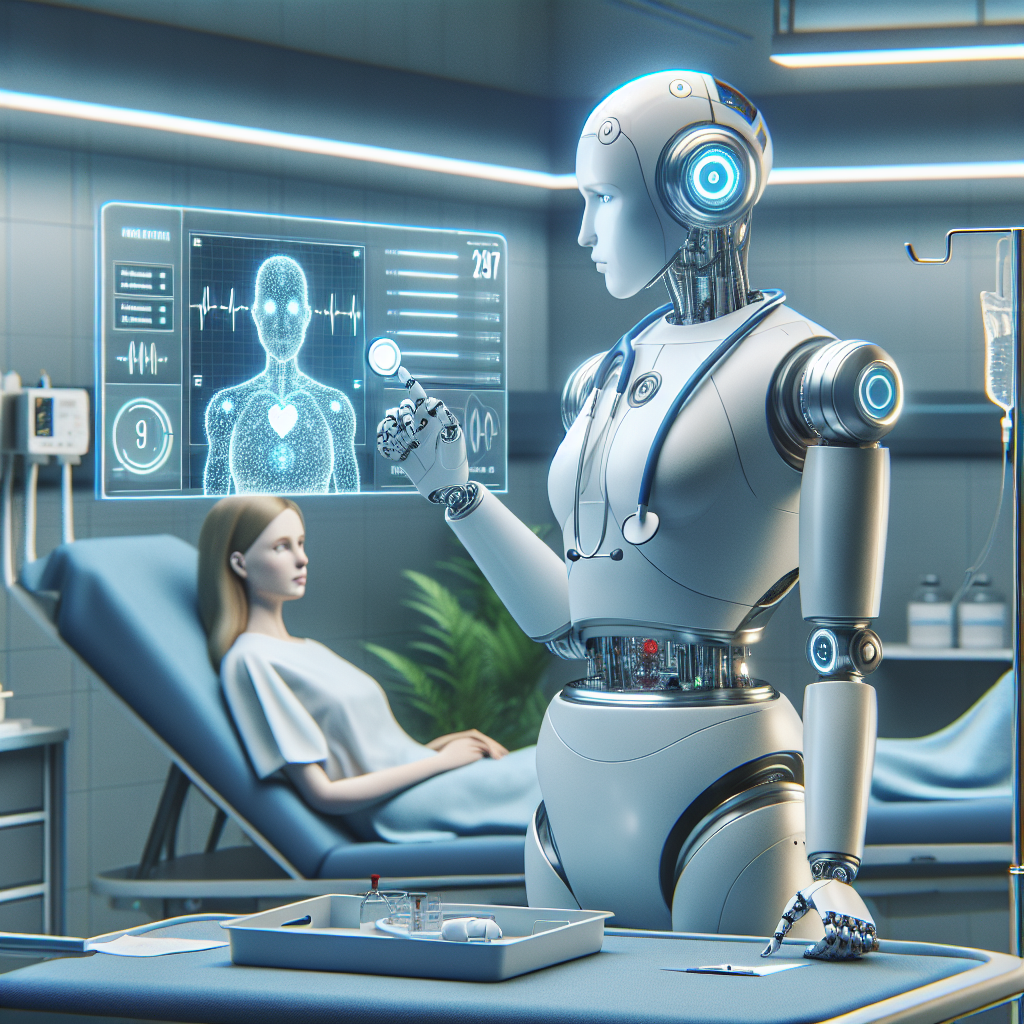Unlocking Creativity: How AI Generates Art Today
Introduction
Artificial Intelligence (AI) has increasingly transformed various sectors, including the creative industries. Among the most exciting developments is AI art—artwork generated or enhanced by intelligent algorithms that mimic human creativity. Today, AI art bridges technology and imagination, enabling artists, designers, and enthusiasts to explore new dimensions in creativity. This article delves into how AI generates art today, exploring the technologies behind it, the creative processes involved, and the impact AI art has on artistic expression.
Understanding AI Art: What Is It?
AI art refers to art created with the assistance or full autonomy of artificial intelligence systems. Unlike traditional art, where human hands execute creative ideas, AI art emerges from machines trained on vast datasets, learning patterns and styles to produce original or derivative works. The primary technologies enabling AI art include neural networks, generative adversarial networks (GANs), and deep learning algorithms. These systems analyze thousands of images or styles and generate new visuals that can be abstract, realistic, or stylistically blended.
How AI Generates Art Today: Key Technologies and Methods
1. Generative Adversarial Networks (GANs)
GANs are at the forefront of AI art generation. They consist of two neural networks—the generator and the discriminator—that compete with each other. The generator produces images, while the discriminator evaluates their authenticity. Over time, the generator creates highly refined images resembling training data or completely novel visuals. GAN-based AI art has been used to create portraits, landscapes, and even surrealistic compositions, pushing the boundaries of digital creativity.
2. Style Transfer Algorithms
Style transfer uses AI to combine the content of one image with the style of another. For example, a photo can be rendered in the style of Van Gogh or Picasso. This process allows artists to reimagine their work or famous artworks in new contexts. Style transfer provides a powerful tool for artists seeking inspiration or unique aesthetic results without manually replicating complex styles.
3. Neural Networks and Deep Learning
Deep learning models analyze extensive datasets to learn features and structures within images. These algorithms can autonomously generate art by predicting pixels or brush strokes that create coherent images. Techniques such as variational autoencoders (VAEs) and convolutional neural networks (CNNs) help in crafting AI art ranging from abstract patterns to detailed illustrations.
4. Text-to-Image Generation
Recent advances in AI enable text prompts to generate images through models like DALL·E, Midjourney, or Stable Diffusion. By inputting descriptive text, users can witness AI art renderings that match their vision, facilitating rapid prototyping and experimentation. This method opens AI art creation to those without traditional artistic skills, democratizing the creative process.
Practical Applications of AI Art Today
1. Enhancing Traditional Art Practices
Artists incorporate AI art tools to complement their work, using AI to generate new ideas, styles, or background elements. AI acts as a creative collaborator, helping overcome blocks or introducing unexpected aesthetics.
2. Commercial Design and Advertising
Brands leverage AI art to create unique visuals, logos, and marketing materials quickly. AI-generated art offers cost-effective and innovative solutions for campaigns, reducing reliance on stock images or conventional design.
3. Entertainment and Media
AI art supports content creation in video games, movies, and animations by generating concept art, textures, and character designs. This speeds up development cycles and enriches visual storytelling.
4. Personalized Art Experiences
AI art applications enable users to generate personalized art based on their preferences or data inputs. This customization fosters deeper engagement and offers new artistic interactions.
Challenges and Ethical Considerations in AI Art
While AI art presents exciting opportunities, it also raises questions around authorship, copyright, and creative originality. Determining ownership of AI-generated works is complex, especially when algorithms learn from existing artists’ creations. Additionally, critiques argue that AI art may lack the emotional depth or intentionality of human-generated art. Addressing these concerns involves transparent AI usage, clear legal frameworks, and ongoing dialogue within the creative community.
Future Trends: Where AI Art Is Headed
AI art continues to evolve rapidly. Expect enhanced interactivity where users can co-create in real time with AI systems. Advances in multimodal AI—combining text, visuals, sound, and motion—will open multidimensional creative possibilities. Furthermore, AI art platforms may integrate more intuitive interfaces, making creative AI accessible to broader, non-expert audiences. As AI-generated art gains legitimacy in galleries and markets, it will redefine the concept of creativity itself.
Conclusion
AI art represents a groundbreaking fusion of technology and creative expression, unlocking new potentials in how art is conceived and produced. By understanding how AI generates art today—including the technologies, applications, and challenges—we appreciate its transformative role in contemporary creativity. Whether you are an artist, designer, or enthusiast, embracing AI art offers a path to explore uncharted artistic territories and expand the boundaries of imagination.
URL Slug: unlocking-creativity-how-ai-generates-art-today



